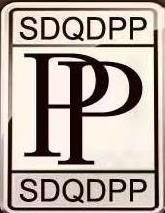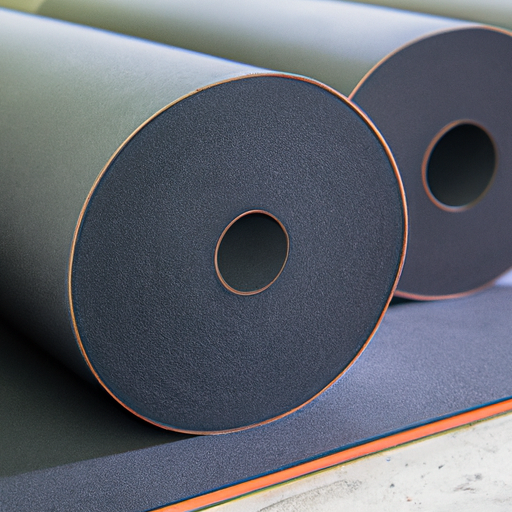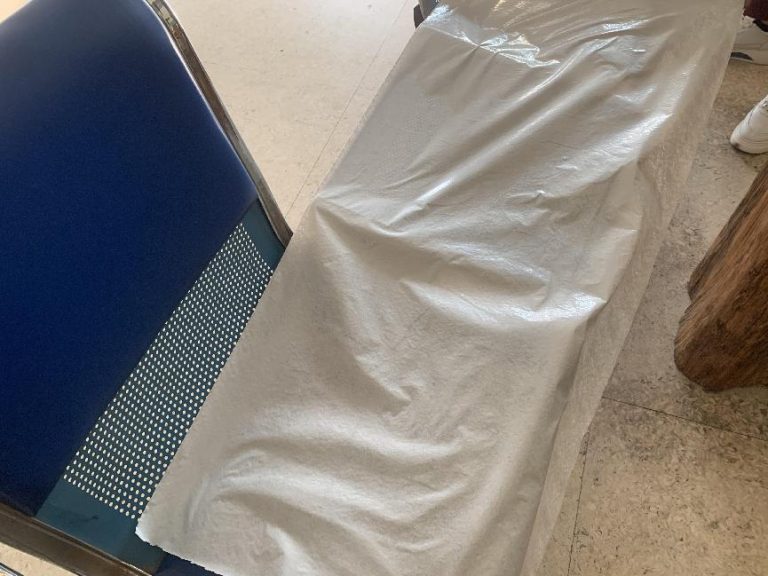How The Painter’s Felt Pneumatic Floor Protective Cover Chinese Suppliers are Revolutionizing Floor Protection
The use of pneumatic floor protective covers is revolutionizing the way that floors are protected from damage. Chinese suppliers are leading the way in this innovative technology, providing a cost-effective and efficient solution to floor protection.
Pneumatic floor protective covers are designed to provide a protective barrier between the floor and any objects that may cause damage. These covers are made from a durable, lightweight material that is designed to withstand heavy foot traffic and other impacts. The covers are designed to be inflated with air, creating a cushion between the floor and any objects that may cause damage. This cushioning effect helps to reduce the impact of any objects that may come into contact with the floor, protecting it from scratches, dents, and other damage.
The pneumatic floor protective covers are also designed to be easy to install and remove. This makes them ideal for use in areas where frequent changes in floor protection are needed. The covers can be quickly and easily installed and removed, allowing for quick changes in floor protection when needed.
Chinese suppliers are leading the way in the development of pneumatic floor protective covers. These suppliers are able to provide high-quality products at competitive prices, making them an ideal choice for businesses looking to protect their floors. The covers are also designed to be easy to install and remove, making them an ideal choice for businesses that need to frequently change their floor protection.
The use of pneumatic floor protective covers is revolutionizing the way that floors are protected from damage. Chinese suppliers are leading the way in this innovative technology, providing a cost-effective and efficient solution to floor protection. With their high-quality products and competitive prices, these suppliers are helping to make floor protection easier and more affordable than ever before.
Exploring the Benefits of Polyester Cloth Chinese Factory for Floor Protection
Polyester cloth is a popular choice for floor protection in Chinese factories due to its many benefits. This material is highly durable, resistant to wear and tear, and easy to clean. It is also lightweight and flexible, making it easy to install and remove. Additionally, polyester cloth is resistant to water, oil, and other liquids, making it an ideal choice for protecting floors in factories.
The durability of polyester cloth makes it an ideal choice for floor protection in Chinese factories. This material is able to withstand heavy foot traffic and is resistant to wear and tear. Additionally, it is resistant to fading and discoloration, making it a great choice for long-term use.
Polyester cloth is also easy to clean and maintain. This material is resistant to water, oil, and other liquids, making it easy to wipe down and keep clean. Additionally, it is resistant to staining, making it a great choice for factories that need to keep their floors looking clean and presentable.
Polyester cloth is also lightweight and flexible, making it easy to install and remove. This material can be cut to fit any size or shape of floor, making it a great choice for factories that need to protect their floors from damage. Additionally, it is easy to roll up and store when not in use, making it a great choice for factories that need to move their floor protection around.
Overall, polyester cloth is an ideal choice for floor protection in Chinese factories due to its many benefits. This material is highly durable, resistant to wear and tear, and easy to clean. Additionally, it is lightweight and flexible, making it easy to install and remove. Finally, it is resistant to water, oil, and other liquids, making it a great choice for factories that need to keep their floors looking clean and presentable.
Comparing Different Types of Floor Protective Covers: The Painter’s Felt Pneumatic vs. Polyester Cloth
When it comes to protecting floors from damage, there are a variety of floor protective covers available. Two of the most popular types are the painter’s felt pneumatic and the polyester cloth. Each of these covers has its own advantages and disadvantages, and it is important to understand the differences between them in order to make an informed decision about which one is best for your needs.
The painter’s felt pneumatic is a heavy-duty cover that is designed to provide maximum protection for hardwood and other types of floors. It is made of a thick, durable felt material that is designed to absorb impacts and protect the floor from scratches and dents. The felt material is also resistant to water and other liquids, making it ideal for use in areas where spills are likely to occur. The downside of this type of cover is that it can be difficult to install and remove, and it can be quite expensive.
The polyester cloth is a lighter-weight cover that is designed to provide a moderate level of protection for floors. It is made of a lightweight, breathable material that is designed to absorb impacts and protect the floor from scratches and dents. The cloth is also resistant to water and other liquids, making it suitable for use in areas where spills are likely to occur. The downside of this type of cover is that it is not as durable as the painter’s felt pneumatic, and it can be more difficult to install and remove.
When choosing between the painter’s felt pneumatic and the polyester cloth, it is important to consider the level of protection that is needed for the floor. If the floor is likely to be exposed to heavy impacts, then the painter’s felt pneumatic is the better choice. However, if the floor is only likely to be exposed to light impacts, then the polyester cloth may be a better option. Additionally, it is important to consider the cost of the cover, as the painter’s felt pneumatic is more expensive than the polyester cloth.
In conclusion, the painter’s felt pneumatic and the polyester cloth are both effective floor protective covers. Each type of cover has its own advantages and disadvantages, and it is important to consider the level of protection that is needed for the floor as well as the cost of the cover before making a decision.


